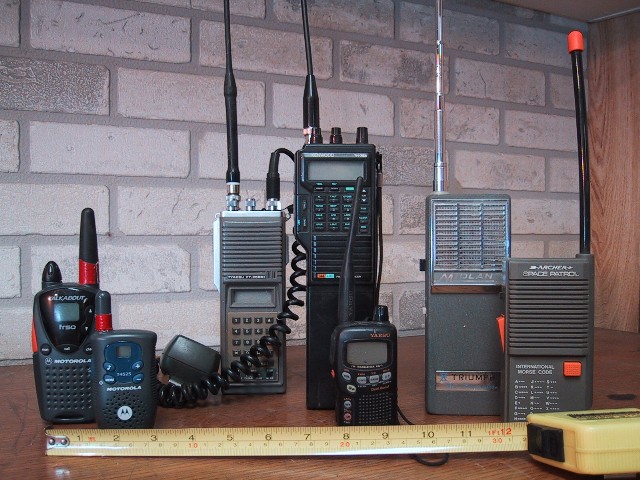ไฟล์:Recreational Walkie Talkies.jpg
Recreational_Walkie_Talkies.jpg (640 × 480 พิกเซล, ขนาดไฟล์: 105 กิโลไบต์, ชนิดไมม์: image/jpeg)
ประวัติไฟล์
คลิกวันที่/เวลาเพื่อดูไฟล์ที่ปรากฏในขณะนั้น
| วันที่/เวลา | รูปย่อ | ขนาด | ผู้ใช้ | ความเห็น | |
|---|---|---|---|---|---|
| ปัจจุบัน | 05:37, 20 มกราคม 2555 |  | 640 × 480 (105 กิโลไบต์) | File Upload Bot (Magnus Manske) | {{BotMoveToCommons|en.wikipedia|year={{subst:CURRENTYEAR}}|month={{subst:CURRENTMONTHNAME}}|day={{subst:CURRENTDAY}}}} {{Information |Description={{en|'''Recreational walkie-talkies.''' From the left: two different models of personal two-way radios by |
หน้าที่มีภาพนี้
หน้าต่อไปนี้ โยงมาที่ภาพนี้:
การใช้ไฟล์ข้ามโครงการ
วิกิอื่นต่อไปนี้ใช้ไฟล์นี้:
- การใช้บน ar.wikipedia.org
- การใช้บน be.wikipedia.org
- การใช้บน bn.wikipedia.org
- การใช้บน ca.wikipedia.org
- การใช้บน ckb.wiktionary.org
- การใช้บน en.wikipedia.org
- การใช้บน es.wikipedia.org
- การใช้บน eu.wikipedia.org
- การใช้บน fa.wikipedia.org
- การใช้บน it.wikipedia.org
- การใช้บน nl.wikipedia.org
- การใช้บน nl.wikibooks.org
- การใช้บน pt.wikipedia.org
- การใช้บน simple.wikipedia.org
- การใช้บน sl.wikipedia.org
- การใช้บน sq.wikipedia.org
- การใช้บน sr.wikipedia.org
- การใช้บน tr.wikipedia.org
- การใช้บน uk.wikipedia.org
- การใช้บน vi.wikipedia.org
- การใช้บน zh.wikipedia.org
